Naval Air Station Pensacola
Introduction
Text-to-speech Audio
Images
The Douglas SBD-2 BuNo 2106 at the bottom of Lake Michigan
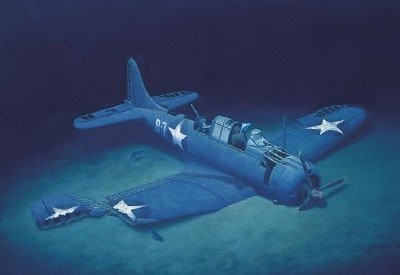
The Douglas SBD-2 replica in the Naval Air Station Museum in Pensacola
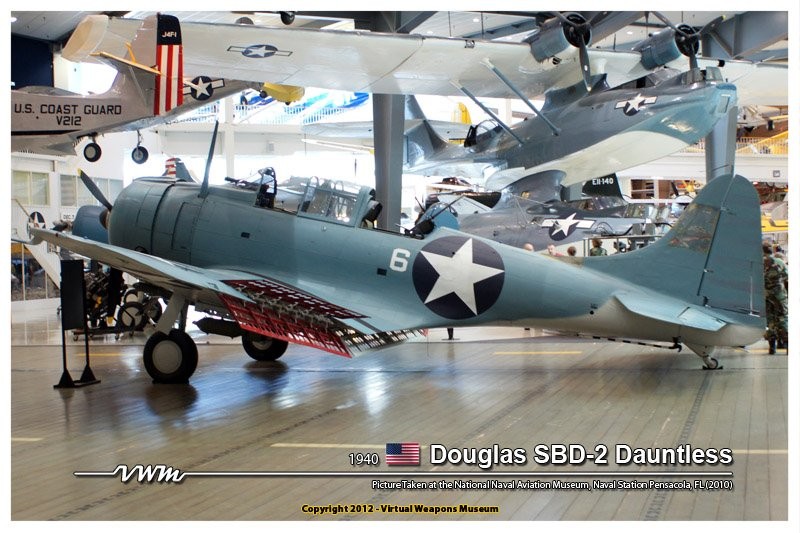
The NAS Pensacola in 1910
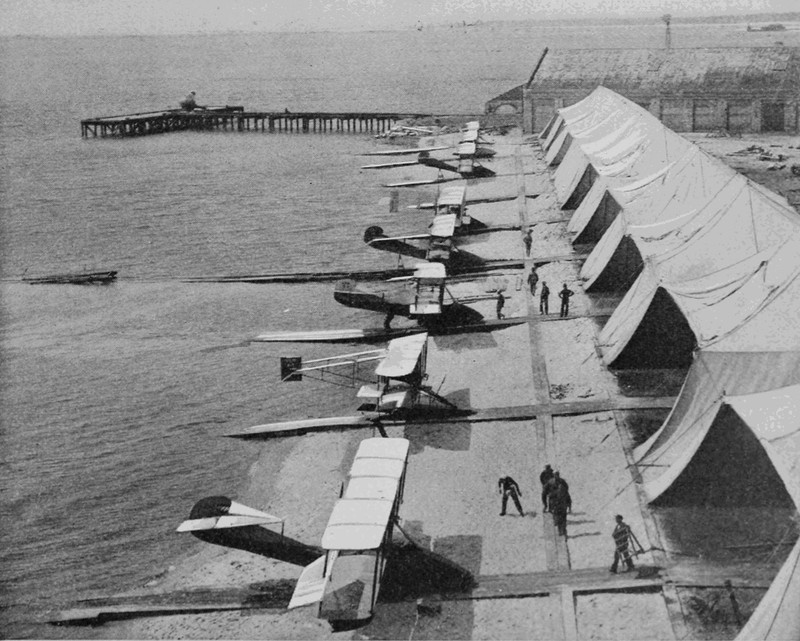
A map of where the NAS is in Pensacola
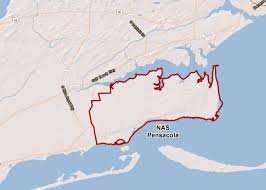
One of the balloons that was used in WWI
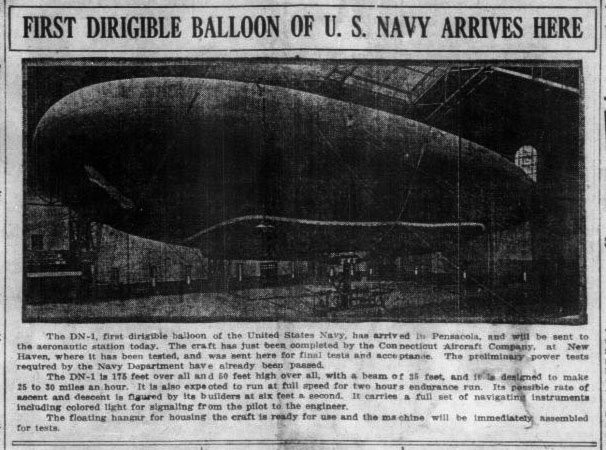
Pilots on one of the aircrafts on the NAS Pensacola
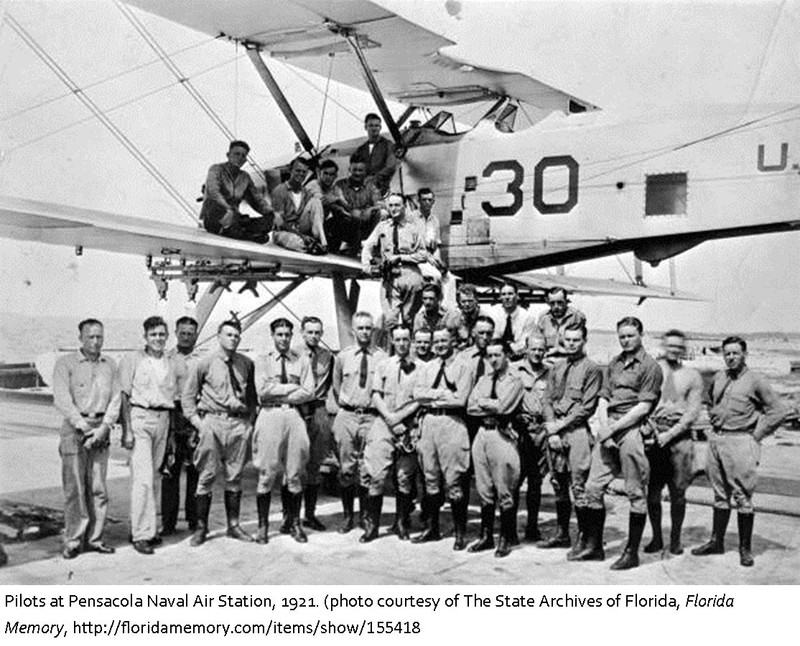
An overview of Pensacola base today
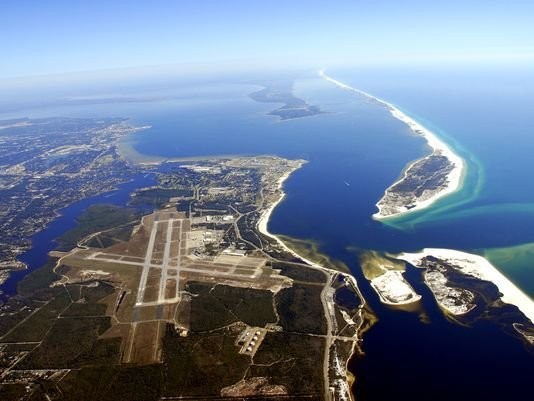
A map of Pensacola Bay, where Fort Pickens is, and where the base is in relation to the African Americans traveling to Fort Pickens from Pensacola
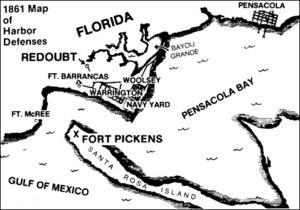
Backstory and Context
Text-to-speech Audio
In the 1500s, the Pensacola Bay drew Spanish explorers to the area to claim land for themselves. 300 years or more later, Union Navy ships under Admiral David G. Farragut operated there. Naval Air Station of Pensacola is a naval base that was built for the Navy in 1913 because of the thought from the board of officers led by Captain Washington Irving Chambers. Chambers recognized the bay's strategic importance but not as a New World colony or a safe harbor for war ships, but as a runway for aircrafts.
But not only was the NAS in Pensacola undergoing some major events, Pensacola as a whole was going through some major conflicts between African Americans and Europeans. During 1861 and 1865, Pensacola was the battlegrounds of the Civil War in the south, and in that," There were also soldiers from the North, including natives to Europe, with already strong abolitionist convictions who, while stationed in Pensacola, seized the opportunity to liberate bond people and establish their equality. Perhaps more surprising is that runaway slaves also found allies among the free population of frames, laborers, and sailors who had inhabited Pensacola and vicinity since before the war. Like the invading Federal forces, these free native white southerners at times displayed great hostility toward slavery and solidarity with enslaved Black people"( Clavin, Matthew J.). The fugitive slaves ended up running toward the Pensacola Bay, boarded canoes and skiffs, then headed for Fort Pickens, which was the beacon for many slaves.
The NAS of Pensacola played an important role in the US's war efforts in both WWI and WWII. Before WWI was declared, the naval base only had 287 personnel, 54 aircrafts, 1 dirigible, and 2 balloons. Even though they were a small base, it contrasted to aviation forces that engaged huge powers in WWI, which was in April when the US entered. "Pensacola grew dramatically following the declaration of war, and was redesignated as a naval air station (NAS) in December. Millions of dollars flowed to construction projects that added some 100 structures and a seawall to the air station, which would become home to an increased number of training aircraft -- notably N-9s, the mainstays of primary training well into the 1920s" (Goodspeed,Hill).
In the interwar years, before WWII started and after WWI, the NAS in Pensacola create the aviation cadet program, which trained pilots causing it to be vital to the navy's success in later WWII. The naval aviators had to go through extensive amounts of training to pass and go on to more training to allow them to take part in battle. Not only were the pilots who flew the planes risking their lives but also the people on the ships, were also risking their lives. "For those who served on surface ships, naval air power had changed the nature of warfare. Not only did staff on these ships have to scan the seas for submarines, surface ships, and mines, but they also had to be vigilant for the threat of enemy aircraft. Over the course of the war, more sailors found themselves operating an increasing number of anti-aircraft batteries. Moreover, the rise of carrier-based naval wars served to further lengthen the course of battles"(Piehler,G.Kurt).
In WWII, the growth of the NAS Pensacola two decades earlier, which gave the base the name "Mainside", because it served as a network of surrounding auxiliary stations and the NAS Training Center of Pensacola. "While still known as "the Cradle of Naval Aviation," Pensacola shared the role of training naval aviators with other bases large and small, from Corpus Chnsti, Texas, to Ottumwa. Iowa. Yet as Marire aviator-turned-Princeton professor Samuel Hynes so eloquently captured in a memoir of his wartime service, Flights of Passage: Reflections of a World War II Naval Aviator, Pensacola had a sense of permanence that did not exist elsewhere cue to its links to the earliest days of naval aviation" (Goodspeed,Hill). This gives a better understanding to how Pensacola as a base and as a whole, was beneficial to every branch of the military in their goal to defeat the enemies.
Besides, the assisting in WWI and WWII, the NAS in Pensacola house one of the best routine aircrafts, the Douglas SBD-2 BuNo 2106. The aircraft helped the NAS with enemy invasions, scout bombings, and successful attacks on the Japanese. The aircraft served in the Lexington Air Group for one year awaiting for the US and the Japanese diplomatic situation to fall apart. Unfortunately, the aircraft was later sunken to the bottom of Lake Michigan after the pilot turned to steeply with not enough power to keep the aircraft in the air. "BuNo 2106 rested on the bottom of Lake Michigan until discovered a little over a half-century later, in October 1993. The raising of this particular Dauntless, and its subsequent arrival at the National Museum of Naval Aviation, Pensacola, Fla., in January 1994, prompted a search into its colorful past"(Cressmen, Robert J.).Cite This Entry
Brit Testa. "Naval Air Station Pensacola ." Clio: Your Guide to History. March 28, 2018. Accessed March 14, 2025. https://theclio.com/entry/55118
Sources
Peihler,G.Kurt. “Naval Aviators and World War II.”Daily life Through History,ABC-CLIO,2018,dailylife2.abc.clio.db26.linccweb.org/Search/Display/1508863.Accessed 20 Feb.2018.
CLAVIN, MATTHEW J. “Interracialism and Revolution on the Southern Frontier: Pensacola in the Civil War.” Journal of Southern History, vol. 80, no. 4, Nov. 2014, pp. 791-826. EBSCOhost,db26.linccweb.org/login?url=http://search.ebscohost.com/login.aspx?direct=true&db=a9h&AN=99329717&site=ehost.live. Accessed 26 Feb.2018.
Cressman, Robert J. “Dauntless in War: Douglas SBD-2 BuNo 2106.” Naval Aviation News, vol. 76,no.5,Jul/Aug94,p.24.EBSCOhost,db26.linccweb.org/login?url=http://search.esbcohost.com/login.aspx?direct=true&db=mth&AN=9706260208=ehost.live. Accessed 26. Feb.2018.

